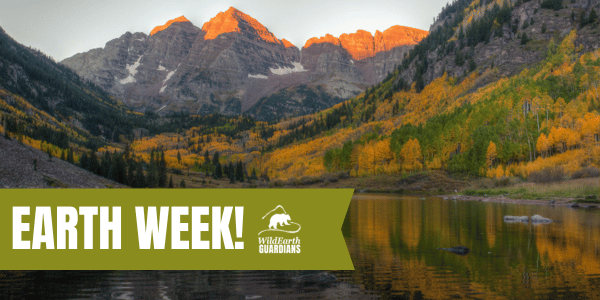Photo credit: Seabamirum, Flickr
Black-capped petrel (Pterodroma hasitata) | ESA status: petitioned for listing
Black-capped petrel
This beautiful sea-going bird faces threats from offshore oil drilling and shrinking breeding range.
Black-capped petrel facts
The petrel mostly feeds in small flocks of up to 12 birds, often with other species. The bird feeds on squid, fish, chum and sargassum algae. They are probably long-lived and may not reproduce before their fifth to seventh year. The petrel nests in earth burrows on steep, forested mountain cliffs and generally only lays one egg during the breeding season.
What are the threats to the black-capped petrel?
The petrel’s primary foraging grounds off the Atlantic coast are threatened by offshore oil drilling and exploration. The species is also threatened by habitat destruction in its shrinking breeding range in Haiti and the Dominican Republic.
What WildEarth Guardians is doing to protect the black-capped petrel
WildEarth Guardians sought the legal protections of the Endangered Species Act for the black-capped petrel in 2011. Our petition is currently under review.
Historical Significant Actions
Wildlife Press: Black-capped petrel
Black-capped Petrel Moves Closer to Federal Protection
Rare bird proposed for Endangered Species Act listing
Read more >